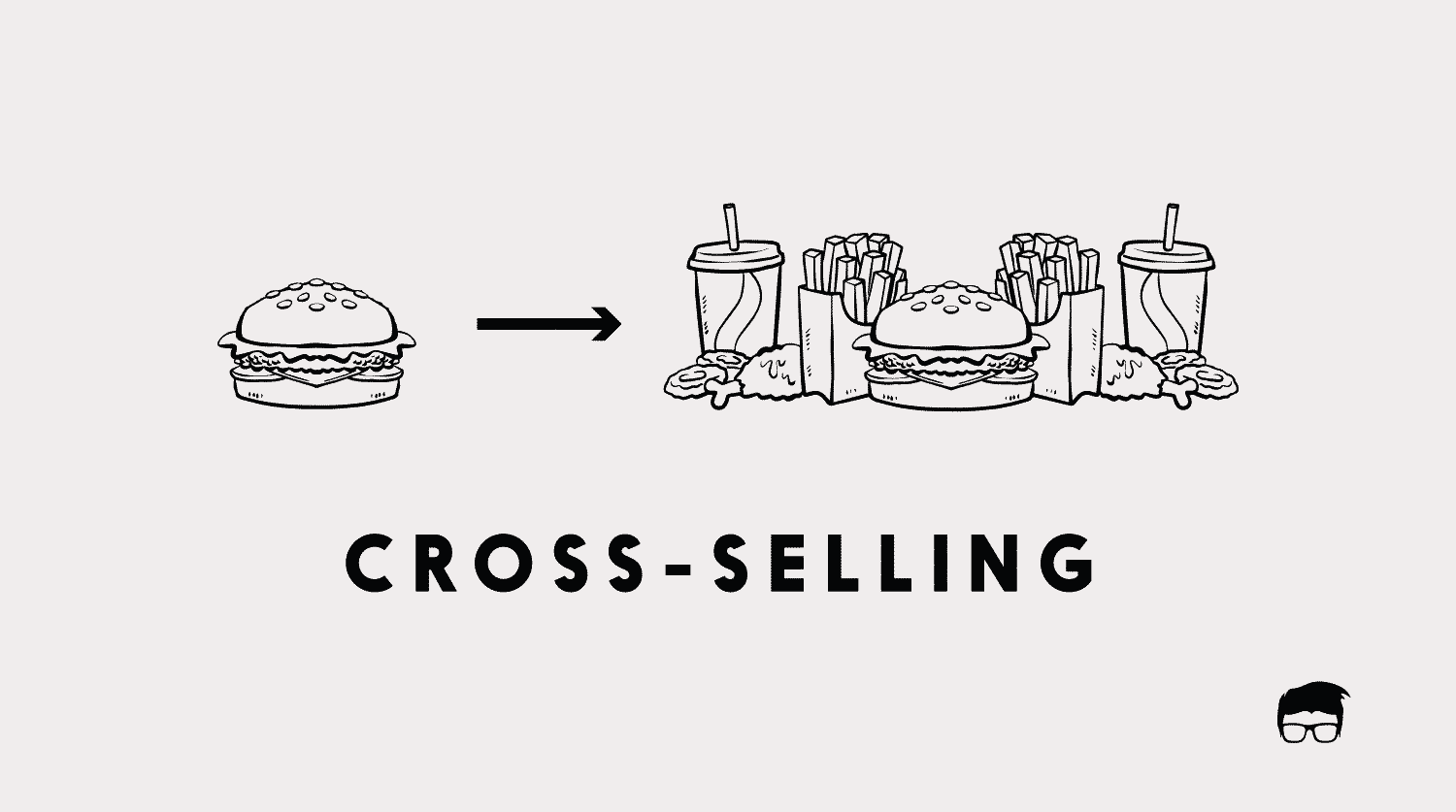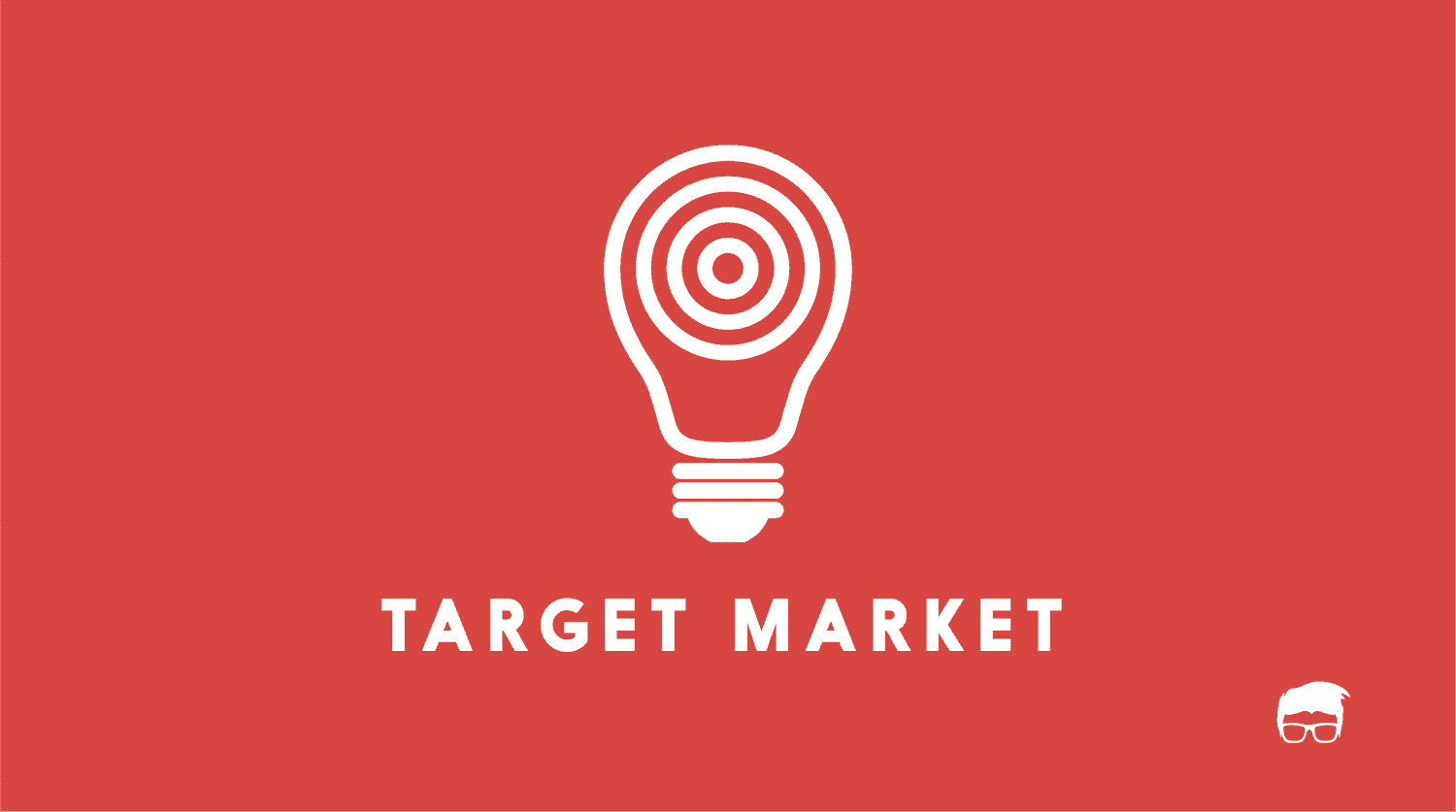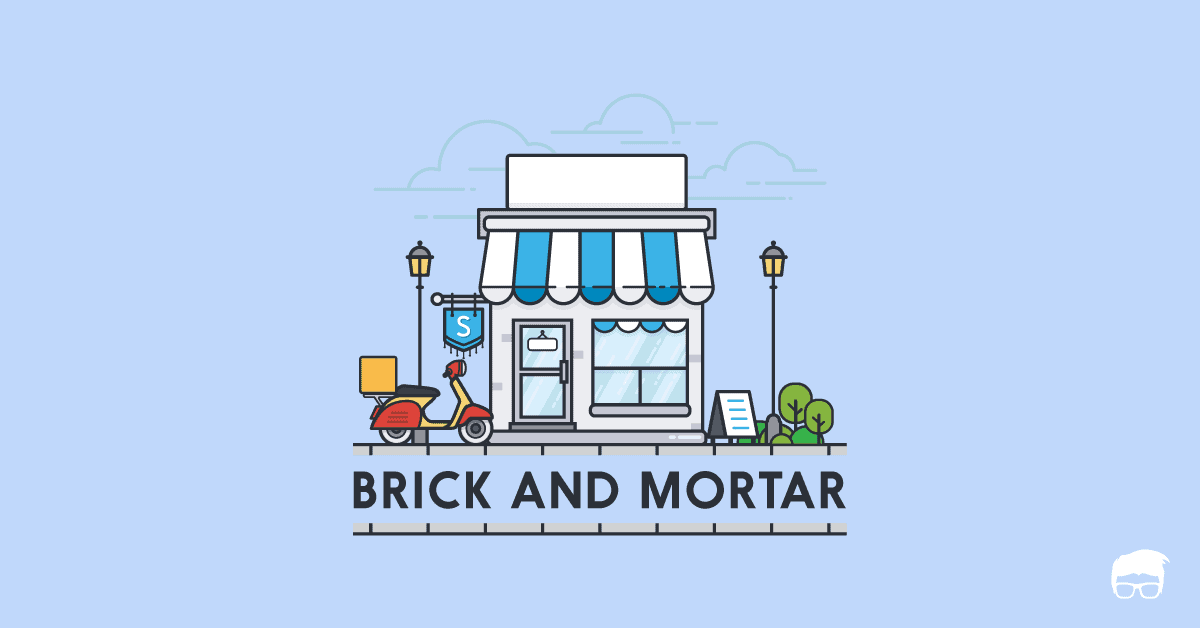An old business adage states that about 20 percent of the customers bring in 80 percent of revenue to the business.
Now, a well-operated and managed business should be able to separate this 20 percent from the rest 80 percent and put most of its marketing and selling efforts wooing this profitable segment.
But how do you identify the better revenue-generating customer segment?
Well, this is where the customer lifetime value model kicks it. Also known as Lifetime Value, CLV, LTV, and CLTV, it is a vital metric for a business to understand which customer segment is best for the business and which isn’t.
What Is Customer Lifetime Value (cLV)?
The customer lifetime value or the lifetime value of the customer is the total revenue a business can reasonably expect from a single customer throughout their entire time as a paying customer.
This metric considers both –
- The periodic revenue from the specific customer
- The period (s)he remains a customer with the business
For instance, if a customer continues to spend $100 per year on your business for 10 years, his or her customer lifetime value would be $1000.
Hence, in simple terms, CLV is a model that predicts the revenue attributed to the entire future relationship with a customer.
Importance Of Customer Lifetime Value
CLV is an important metric as it helps you –
Calculate The Future Value Of The Customer
LTV helps you predict the amount you can gain from a customer throughout the business relationship.
Identify Most Profitable Customer Segment
Calculating user lifetime value helps you identify the most profitable, profitable, least profitable, and not profitable customer segments. Once identified, you can aptly distribute the customer acquiring and retention budgets to get the most out of these segments.
Identify The Most Profitable Offering Segment
CLV also gives a hint to what product the customers with the highest CLV buy. This helps you improve the existing offering(s) and launching other offerings that complement the same and increase your profits using upselling and cross-selling.
Identify Future Strategies And Invest Resources Better
CLV helps develop future strategies to invest resources in a way that may benefit your business the most.
Define Clear Marketing And Sales Budget
It becomes easy for you to define your marketing and sales budget once the maximum amount you can get from a customer is predicted.
How To Calculate Customer Lifetime Value?
Calculating CLV is easy. All it takes is to use historical data to predict future data and follow this simple customer lifetime value formula –
CLV = Average Purchase Value x Average Purchase Frequency Rate x Average Customer Lifespan
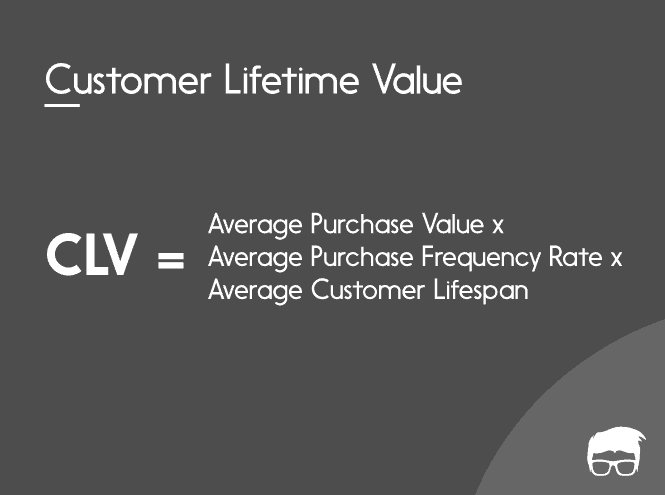
Suppose you own a shoe business serving two different customer segments – office employees and athletes.
According to your data, an office employee usually spends $100 per pair of shoes 3 times a year and remains the customer for 3 years on an average.
His lifetime value will be: 100 x 3 x 3 = $900
On the other hand, an athlete spends around $80 per pair of shoes 5 times a year and remains the customer for an average of 10 years.
His LTV will be: 80 x 5 x 10 = $4000
It is clear that athletes are more profitable, and the business should spend more on acquiring the same. While, at the same time, it can put more effort into retaining office goers as they, if retained, can prove beneficial.
Now, how do you actually calculate average purchase value, average purchase frequency, and average customer lifespan? Well, you follow this customer lifetime value model –
Average Purchase Value: APV is calculated by dividing total revenue generated in a time period by the number of purchases over the same time period. For the athletic customer segment, it’ll be the total revenue generated by sports footwear sections divided by the number of units sold.
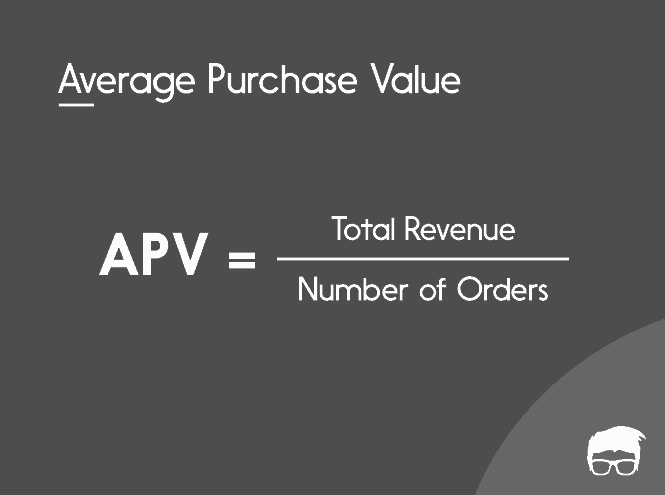
Average Purchase Frequency: It’s calculated by dividing the number of purchases made by the number of customers who made the purchase during that time period. Suppose the total number of purchases made in the athletic section was 10000, and the customers were 5000, the average purchase frequency would be 1000/500 = 2.
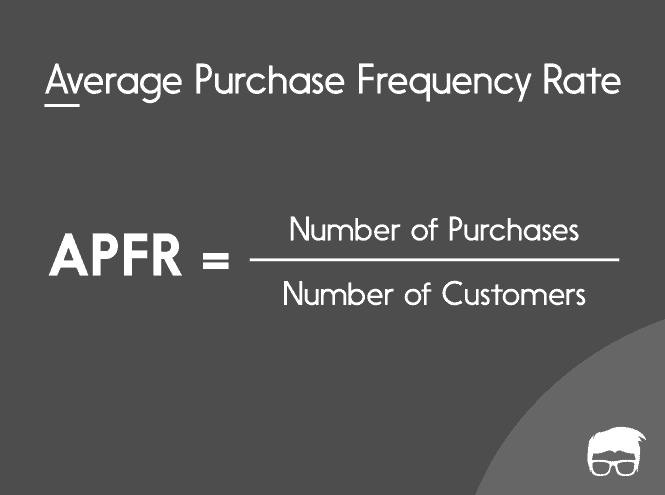
Average Customer Lifespan: This is calculated by averaging the number of years a customer continues to purchase offerings from your business. This is done by dividing the sum of customer lifespans by the number of customers.
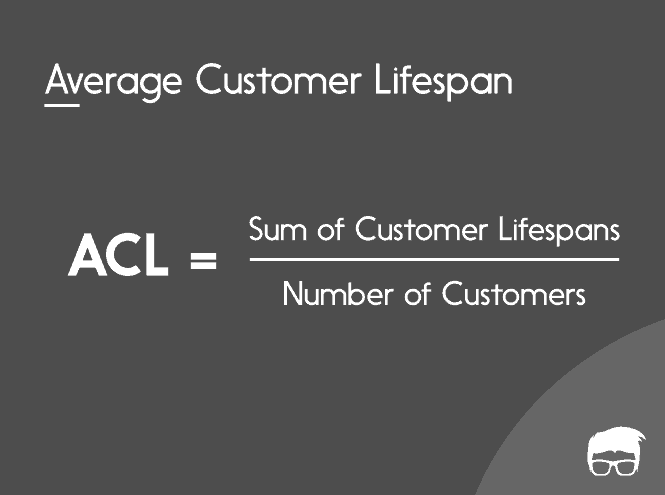
Customer Lifetime Value Example
Suppose you run an ecommerce store selling gaming gadgets. Now, you segment these products into two types – PC and consoles.
According to the data, the total generated revenue in a year from your PC division is $20,000, and the total number of purchases during the same time is 100. Now, the total number of customers during this time period was 75, and the average lifespan of every customer is usually 5 years.
For consoles, on the other hand, the total revenue generated is $50,000, and the total number of purchases during the same time is 200. The total number of customers during this time period was 120, and the average lifespan of a customer is 2 years.
Calculating The Average Purchase Value
PC Division: 20,000/100 = 200
Console Division: 50,000/200 = 250
Calculating The Average Purchase Frequency
PC Division: 100/75 = 1.34
Console Division: 200/120 = 1.6
Calculating The Customer Lifetime Value
PC Division: 200 x 1.34 x 5 = $1,340
Console Division: 250 x 1.6 x 2 = $800
Even though the customer belonging to the console segment spends more, he will not be that profitable to your business in the long run. Since the LTV of the PC customer is over 1.5 times that of console customer, it’ll be beneficial for you to put more efforts to acquire PC customers.
Or you can put more efforts in retaining console customers to bring them at par with your PC division customers.
How Do You Increase CLV?
Now that you know how to calculate CLV, the next question that may come to your mind is – “How do I improve CLV?”
Well, while there are numerous ways to do the same, almost all of them focuses on improving these two aspects –
- Customer Satisfaction
- Customer Retention
Customer Satisfaction
A satisfied customer spends more. Hence, if you want to improve your CLV, it’s imperative to invest in increasing customer satisfaction.
You can do this by –
- Removing the friction while purchasing.
- Offering freebies.
- Making communication more personal.
Customer Retention
Retaining customers is considered to be a lot less pricey than acquiring new customers. Moreover, customer retention is also a variable affecting CLV directly. According to a study by Bain & Company, a mere 5% increase in the retention rate can increase profit between 25% to 95%. Hence, retention is vital if you want to have good CLV.
You can improve customer retention by –
- Removing friction in contacting you after the purchase has been made.
- Providing better after-sale services.
- Rewarding customers through schemes like referral programs and loyalty programs.
Go On, Tell Us What You Think!
Did we miss something? Come on! Tell us what you think about our article on customer lifetime value in the comments section.
A startup consultant, digital marketer, traveller, and philomath. Aashish has worked with over 20 startups and successfully helped them ideate, raise money, and succeed. When not working, he can be found hiking, camping, and stargazing.
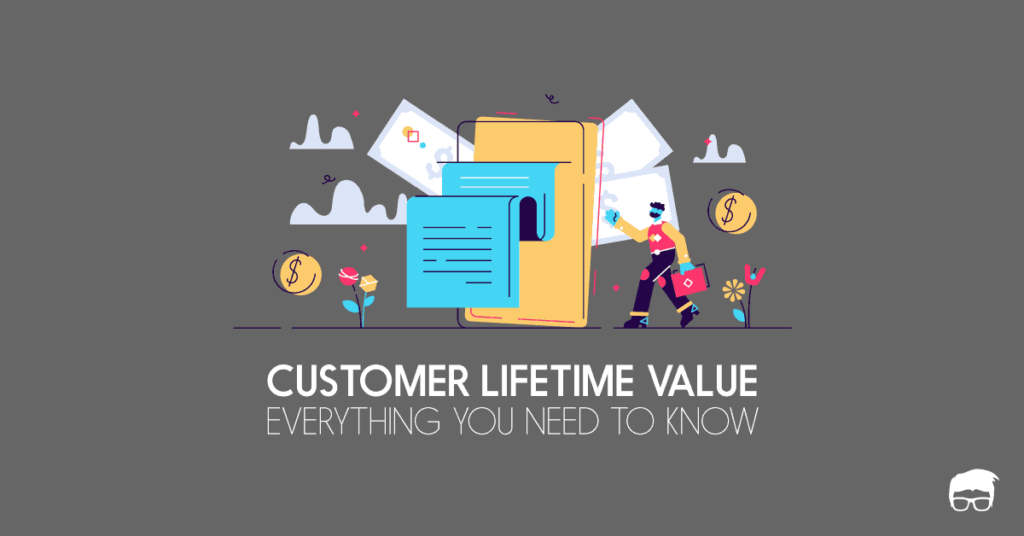
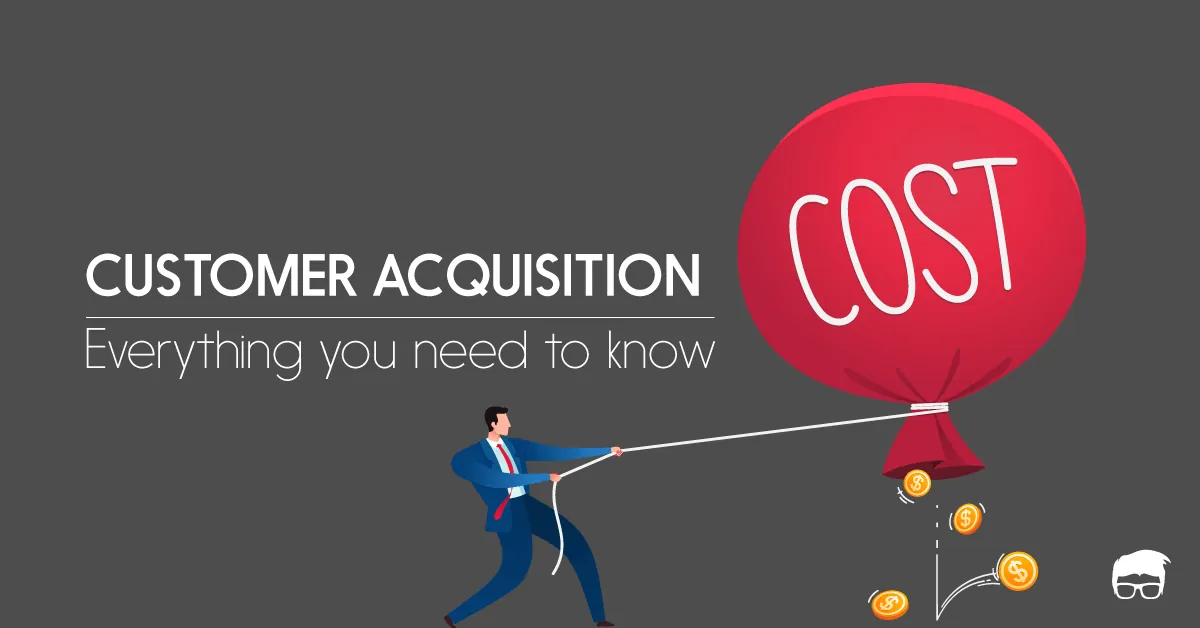
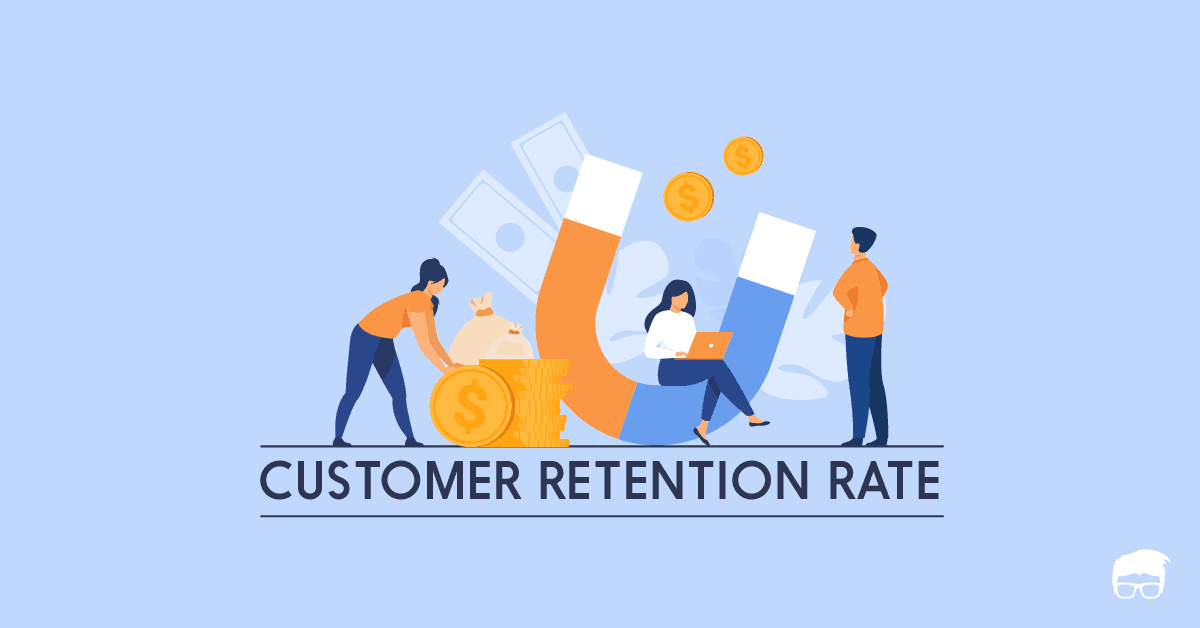
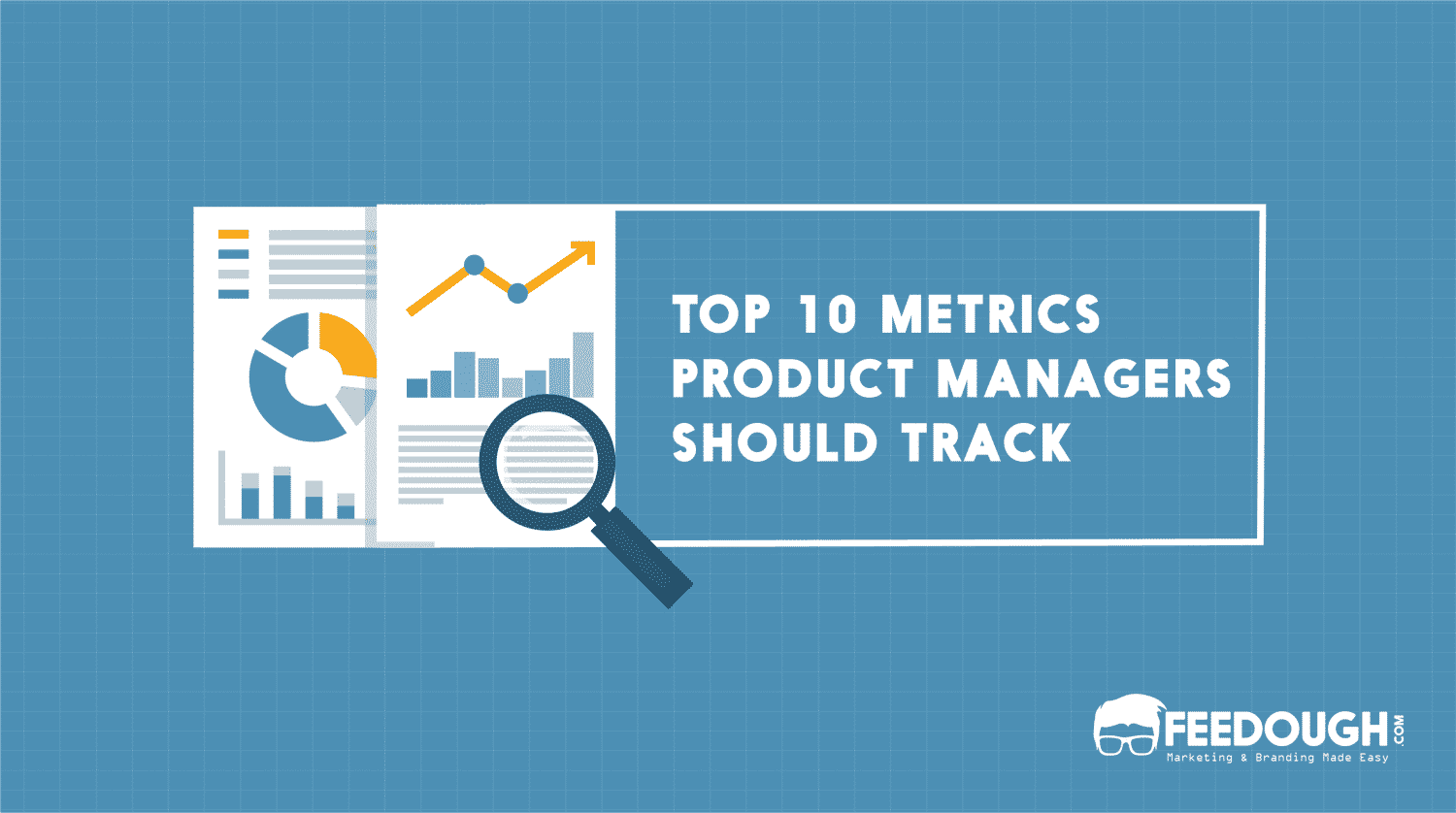
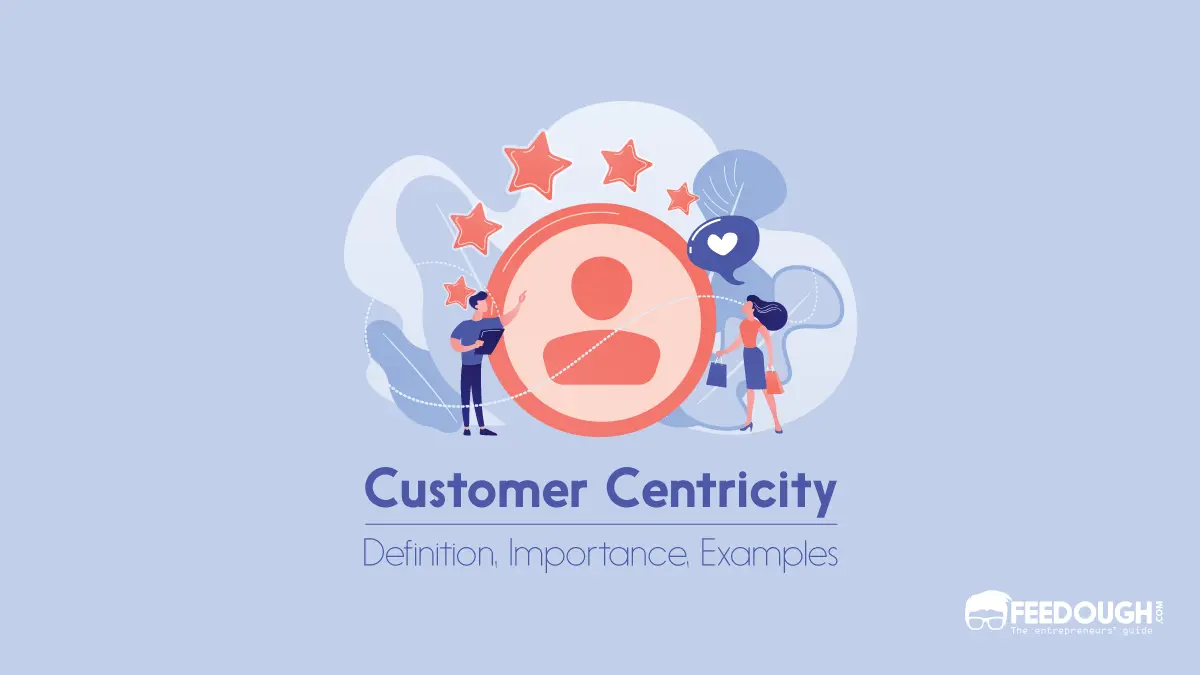
![What Is Upselling? How To Upsell? [Detailed Guide] UPSELLING](https://www.feedough.com/wp-content/uploads/2018/05/UPSELLING-20.webp)
